Introduction
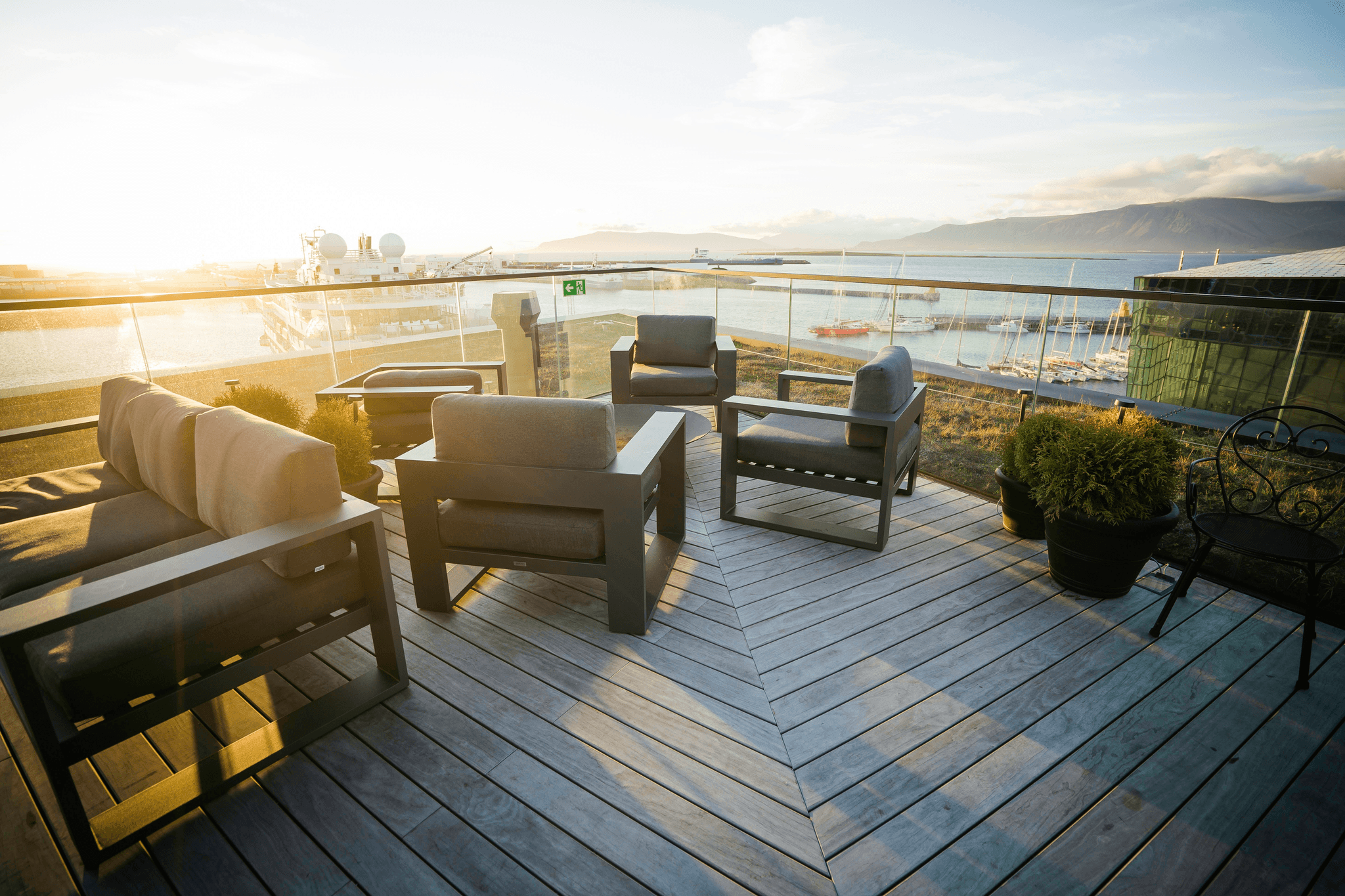
Composite decking has surged in popularity, becoming a go-to choice for homeowners looking to enhance their outdoor spaces. Its blend of durability and aesthetic appeal makes it an attractive alternative to traditional wood decks. As we delve into the composite decking lifespan, it becomes clear why so many people are opting for this innovative material.
Why Composite Decking is Popular
One of the primary reasons composite lumber decking has gained traction is its low maintenance requirements compared to wood. Homeowners appreciate that they can enjoy their deck without the constant upkeep of staining and sealing that comes with traditional materials. Additionally, the variety of colors and textures available in deck composite decking allows for customization that suits any home style.
Factors Influencing Lifespan
The lifespan of composite deck boards can be influenced by several factors, including climate conditions, installation quality, and usage patterns. For instance, areas with extreme weather may see a different wear pattern on synthetic lumber for decks than those in milder climates. Understanding these factors is crucial for maximizing your composite decking lifespan and ensuring you get the most out of your investment.
The Sustainability Angle
Sustainability is another compelling aspect driving the popularity of composite wood decking boards. Made from recycled materials, these fake decking boards offer an eco-friendly solution without sacrificing performance or aesthetics. Choosing composite decking not only enhances your outdoor space but also contributes positively to environmental conservation efforts by reducing deforestation and waste.
Understanding Composite Decking
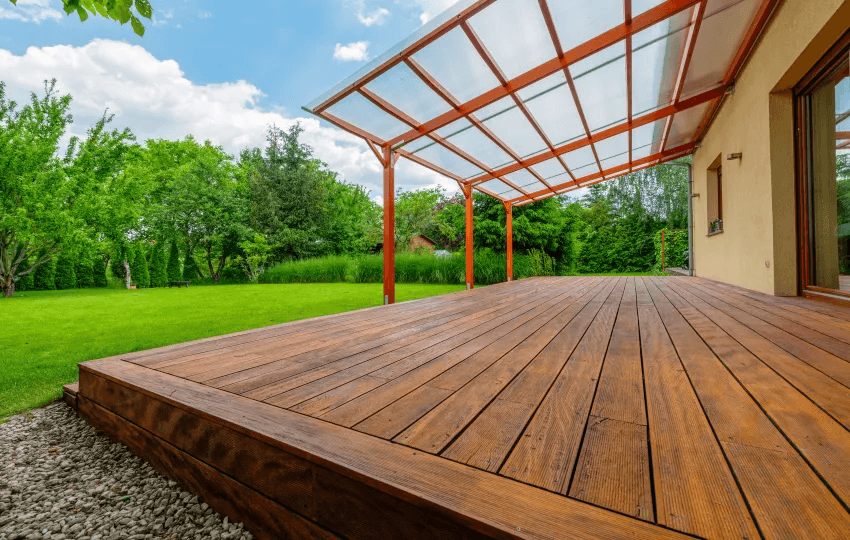
Composite decking has transformed the outdoor living space, offering a blend of durability and aesthetics that traditional materials often struggle to match. This innovative option is crafted from a mixture of wood fibers and plastic, resulting in composite lumber decking that mimics the look of natural wood without the associated drawbacks. As homeowners seek longevity and low maintenance, understanding composite deck boards becomes essential in making informed choices for outdoor projects.
What is Composite Lumber Decking?
At its core, composite lumber decking is an engineered material designed to provide the beauty of wood while enhancing durability and reducing maintenance needs. By combining recycled wood fibers with high-density polyethylene (HDPE), this synthetic lumber for decks achieves a balance between strength and flexibility. This unique formulation not only extends the composite decking lifespan but also minimizes environmental impact by utilizing recycled materials.
The Components of Composite Deck Boards
Composite deck boards consist primarily of two key components: wood fibers and plastic polymers. The wood fibers lend a natural appearance and feel to the boards, while the plastic component provides resistance against moisture, rot, and insects—common culprits that plague traditional wooden decks. This combination ensures that your investment in composite wood decking boards pays off over time through enhanced performance and reduced upkeep.
Benefits Over Traditional Materials
When comparing composite decking to traditional materials like wood or concrete, several advantages emerge that can sway any homeowner's decision. First off, composite decking lifespan significantly outlasts that of conventional timber; many brands offer warranties spanning 25 years or more! Additionally, these fake decking boards require minimal maintenance—no sanding or staining needed—allowing you to spend more time enjoying your deck rather than maintaining it.
Composite Decking Lifespan Explained
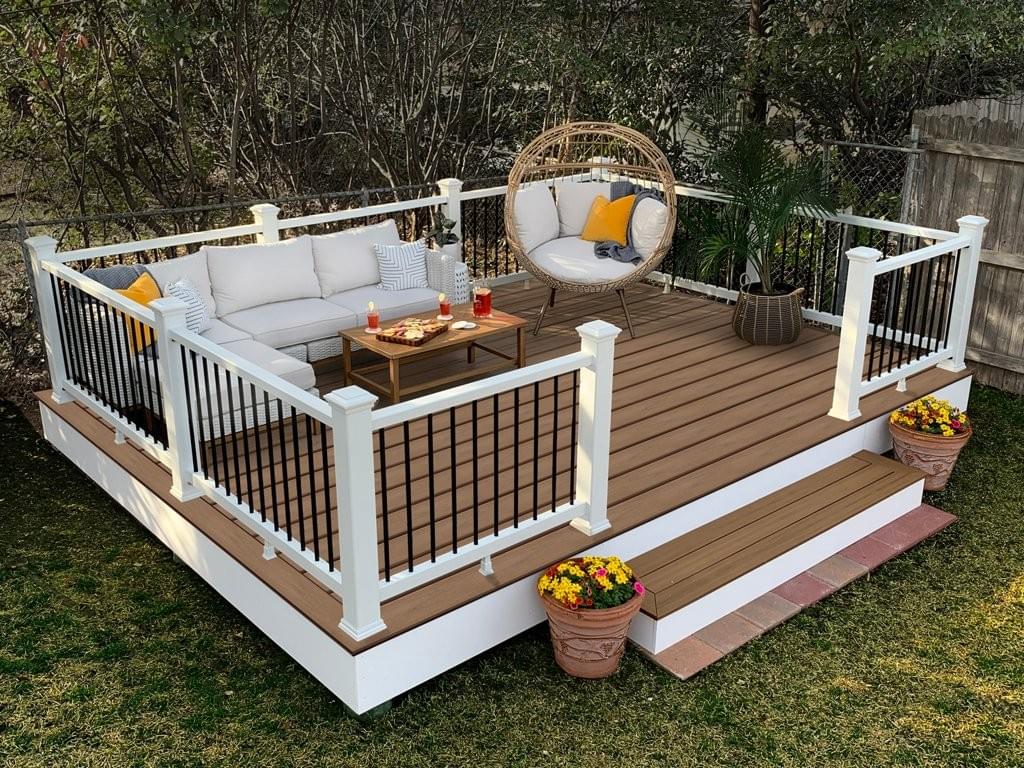
Composite lumber decking is designed to withstand the elements better than traditional wood, but various factors can influence its longevity. In this section, we’ll dive into the average lifespan of composite decking, how weather and environmental conditions play a role, and how it stacks up against wood decks.
Average Lifespan of Composite Decking
The average lifespan of composite decking typically ranges from 25 to 30 years, making it a long-lasting alternative compared to traditional materials. This impressive durability stems from the combination of wood fibers and recycled plastics used in composite deck boards, which resist rot and decay. Homeowners can enjoy their outdoor spaces without the constant worry of replacing worn-out boards every few years.
However, it's essential to note that not all synthetic lumber for decks is created equal; some brands offer warranties that extend up to 50 years! Investing in high-quality composite wood decking boards can significantly enhance your deck composite decking experience over time. Ultimately, with proper maintenance and care, you can maximize your composite decking lifespan even further.
Impacts of Weather and Environment
Weather plays a significant role in determining the longevity of your composite decking. Extreme temperatures—whether scorching heat or freezing cold—can affect the material's integrity over time. Additionally, exposure to moisture can lead to mold growth or fading if appropriate precautions aren't taken.
Environmental factors like UV rays also contribute to wear and tear on fake decking boards; prolonged sun exposure may cause color fading or surface damage if not properly protected. It's crucial for homeowners living in areas with harsh weather conditions to choose high-quality products that are specifically designed for resilience against these elements. By being mindful of these impacts on your composite decking lifespan, you can ensure a more enjoyable outdoor space for years to come.
Comparing Lifespans with Wood Decks
When comparing lifespans between composite decks and traditional wood decks, it's evident that synthetic options have an edge in durability. While standard wood decks might last around 10-15 years with regular maintenance—such as staining and sealing—composite lumber decking offers significantly less upkeep while lasting much longer overall.
Moreover, unlike wood decks that require frequent repairs due to splintering or rotting issues, quality composite deck boards are engineered for resilience against such problems which directly contributes to their extended lifespan. This means less hassle for homeowners who want a beautiful outdoor space without the continuous commitment associated with maintaining wooden structures.
Maintenance Tips for Longevity
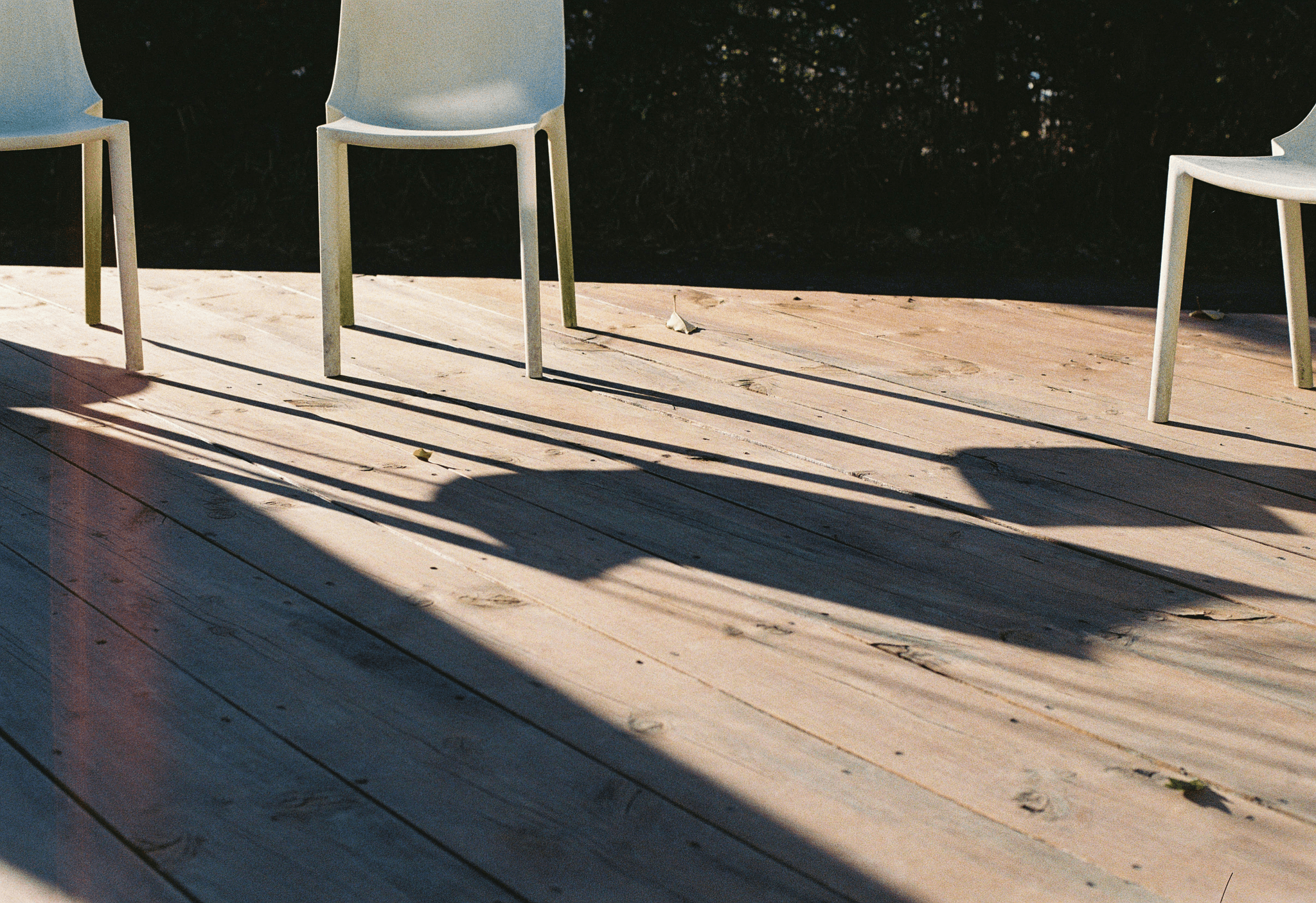
To ensure your composite decking remains in top shape, regular maintenance is essential. Proper care not only enhances the aesthetic appeal of your deck but also significantly contributes to extending its lifespan. By following a few straightforward tips, you can enjoy your composite lumber decking for years to come.
Cleaning and Care for Composite Wood Decking
Cleaning your composite wood decking boards is crucial for maintaining their appearance and longevity. Use a gentle soap solution and a soft-bristle brush to remove dirt, debris, and stains without scratching the surface of the deck composite decking. Regular cleaning helps prevent mold and mildew growth, which can affect the overall composite decking lifespan if left unchecked.
In addition to routine cleaning, it's wise to address spills promptly—especially those from food or drinks that could lead to staining. For tougher stains, many manufacturers provide specific cleaning products designed for synthetic lumber for decks that effectively lift stubborn marks without damaging the material. Remember that neglecting proper care can lead to premature wear on your composite deck boards.
Lastly, be cautious with power washing; while it may seem like an efficient way to clean your deck, high-pressure water can cause damage if used incorrectly. Stick with lower pressure settings or opt for manual cleaning techniques instead. A little attention goes a long way in preserving the beauty of your fake decking boards.
Protecting Against Sun Damage
Sun exposure is one of the leading factors affecting composite decking lifespan; UV rays can cause fading and discoloration over time. To combat this issue, consider applying a UV protectant specifically designed for synthetic lumber for decks after installation and periodically thereafter as recommended by manufacturers. This added layer of protection helps maintain color integrity while enhancing durability against harsh weather conditions.
Additionally, placing furniture or outdoor rugs strategically on your composite wood decking can create shaded areas that reduce direct sun exposure on certain spots—this minimizes fading in high-traffic areas while adding style to your outdoor space! Just remember to rotate these items occasionally so that no section becomes overly exposed or discolored compared to others.
Regular inspections are also vital; look out for signs of sun damage such as noticeable fading or discoloration on specific sections of your deck composite decking. If you notice these changes early on, you may be able to mitigate further damage through timely maintenance measures rather than waiting until it requires more extensive repairs or replacements down the line.
Avoiding Common Mistakes with Fake Decking Boards
One major mistake is using harsh chemicals or abrasive cleaners during routine maintenance—these substances can scratch surfaces and degrade materials over time, ultimately shortening the lifespan of your composite lumber decking.
Another misstep involves neglecting drainage issues around your deck area; standing water can lead not only to mold growth but also structural problems if left unattended! Ensure proper drainage systems are in place so that rainwater flows away from both sides of the structure—this simple precaution will help preserve both aesthetics and functionality throughout its life cycle.
Lastly, don't underestimate how temperature fluctuations affect synthetic lumber for decks! Allow ample time between seasonal changes before performing any repairs or modifications—this prevents unnecessary stress on materials due either extreme heat expansion/contraction effects which could compromise overall integrity during installation processes!
Choosing Quality Products
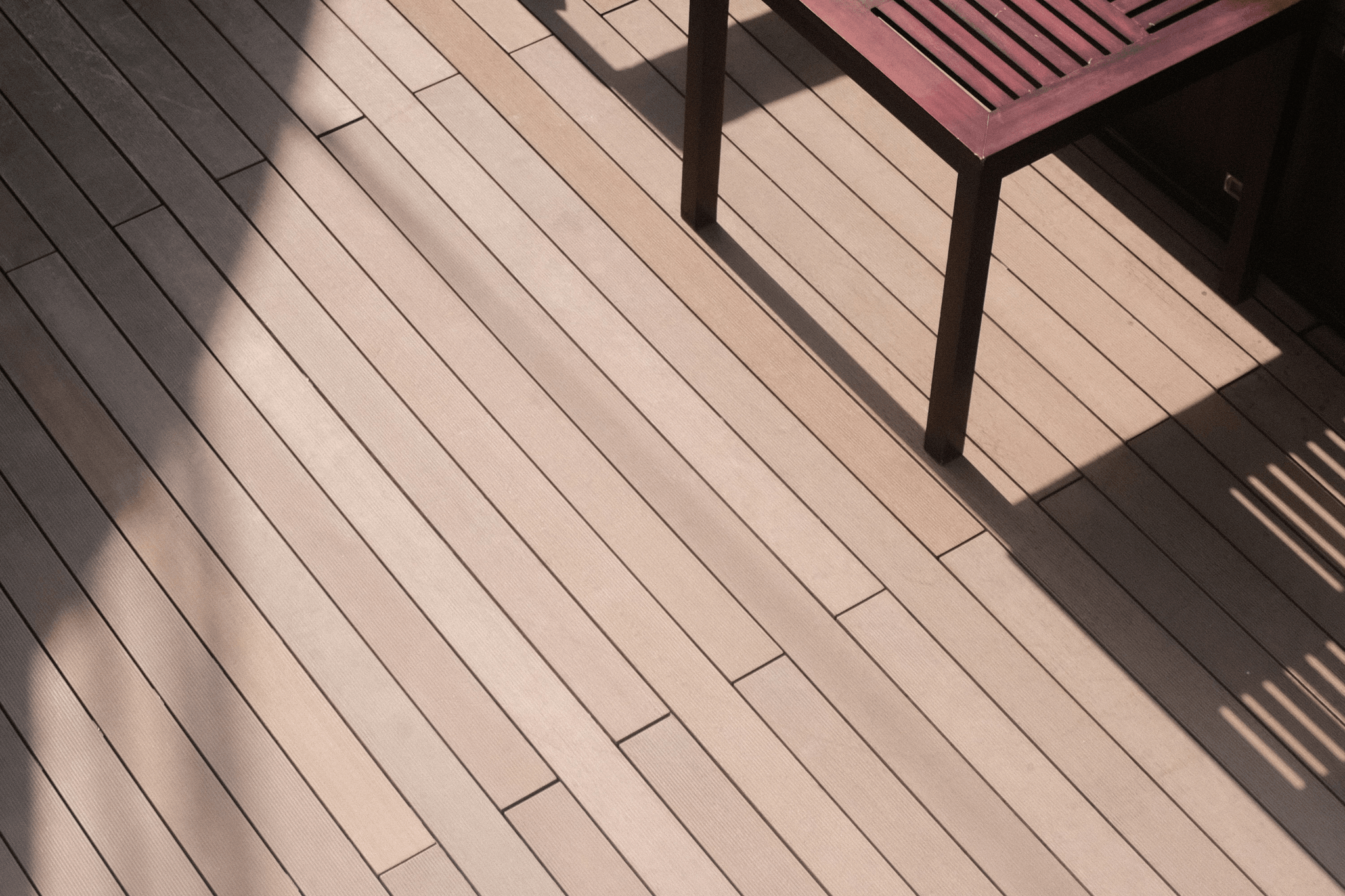
With the growing popularity of composite decking, it's essential to understand what makes certain brands and materials stand out. After all, investing in high-quality composite lumber decking can significantly affect your deck’s longevity and overall performance.
What to Look for in Synthetic Lumber for Decks
When you're on the hunt for synthetic lumber for decks, there are a few key factors to keep in mind that will impact your composite decking lifespan. First, check the material composition; high-quality composite deck boards are often made from a blend of recycled wood fibers and plastic, which enhances durability and resistance to weather elements. Additionally, look for products with a robust warranty; this often indicates confidence from manufacturers regarding their product's performance over time.
It's also wise to consider the texture and finish of the composite wood decking boards you’re eyeing. A non-slip surface can improve safety while also contributing to aesthetics—after all, nobody wants fake decking boards that look cheap or feel slippery! Lastly, ensure that the boards have UV protection; this will help maintain color and prevent fading under harsh sunlight.
Trusted Brands Like Composite Decking Inc
One such brand is Composite Decking Inc., known for its commitment to producing durable products that withstand the test of time—perfect if you want a deck that boasts an impressive composite decking lifespan. Their range includes various colors and textures designed not only for functionality but also aesthetic appeal.
Another noteworthy brand is Trex, which has been around long enough to earn a solid reputation among homeowners and contractors alike. They offer eco-friendly options as well as low-maintenance solutions that make them a top choice when considering synthetic lumber for decks. Always do your research on customer reviews or seek recommendations before making your final decision—it could save you from future headaches!
Understanding Warranty Options
Understanding warranty options is crucial when purchasing any deck composite decking product because they serve as an assurance of quality over time. Most reputable brands provide extensive warranties ranging from 10 years up to 50 years depending on their confidence in their product’s durability—this is particularly important given how much wear and tear decks endure through seasons!
Be sure to read the fine print carefully; some warranties cover only specific types of damage or may require regular maintenance checks to remain valid. Knowing what’s covered can save you money down the road if repairs or replacements become necessary due to unforeseen issues with your fake decking boards.
In summary, choosing quality products involves careful consideration of material composition, trusted brands like Composite Decking Inc., and understanding warranty options—all critical factors that contribute significantly towards maximizing your composite decking lifespan.
Signs You Need to Replace Your Deck
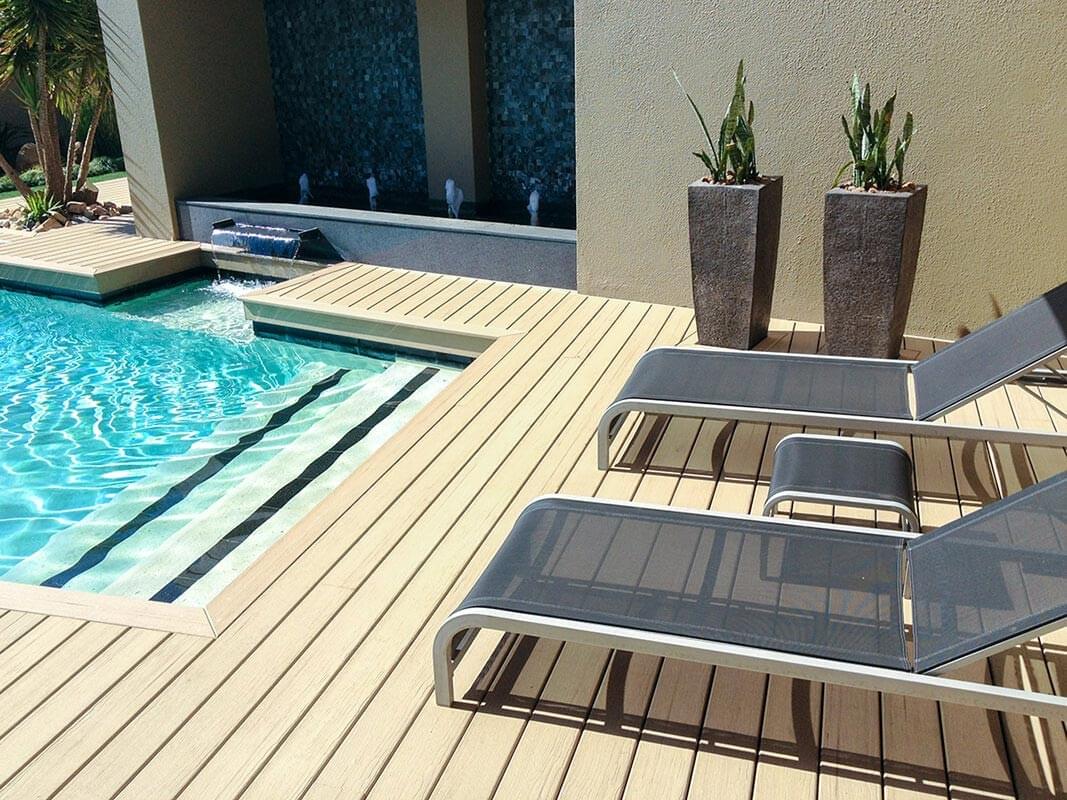
Composite decking has become a popular choice for homeowners, but even the best materials have their limits. Knowing when to replace your composite deck boards can save you from costly repairs or safety hazards down the line. Here are some key signs that it might be time to consider new composite lumber decking.
When to Consider New Composite Deck Boards
If you notice significant fading or discoloration on your composite wood decking boards, it may be a sign that they are nearing the end of their lifespan. While some wear and tear is normal, excessive fading can indicate that the protective layers of your deck are compromised, affecting both aesthetics and durability. Additionally, if you see warping or buckling in your synthetic lumber for decks, it’s time to start shopping for replacements.
Another red flag is if your deck feels spongy or soft underfoot; this could mean that moisture has penetrated the boards and caused internal damage. Composite decking lifespan can be greatly reduced if water is allowed to sit on the surface or seep into the material over time. If you find yourself making frequent repairs just to keep things safe and functional, investing in new composite deck boards may be a smarter long-term solution.
Evaluating Damage Over Time
Regular inspections of your composite decking can help you catch issues before they escalate into bigger problems. Look for cracks, splits, or missing pieces in your fake decking boards; these are clear indicators that replacement is necessary. Keep an eye out for mold or mildew growth as well—if cleaning doesn’t restore its original look, it might be time for an upgrade.
You should also consider how much wear and tear your deck experiences based on usage patterns and environmental factors like sun exposure and rainfall. If your area experiences harsh weather conditions regularly, this can affect the integrity of even high-quality composite lumber decking over time. Documenting any damage will help you make informed decisions about whether repair efforts are worth it compared to investing in new materials.
The Decision Between Repairing and Replacing
When faced with damaged composite wood decking boards, deciding whether to repair or replace can feel daunting. If repairs are minimal—like fixing a few loose screws or replacing small sections—it may make sense to patch things up rather than invest in an entirely new structure right away. However, if extensive damage exists throughout the deck's surface or substructure, replacing with durable synthetic lumber for decks could provide better value in terms of longevity.
Consider also how much longer you plan on using the space; if you're looking at years ahead of enjoyment versus short-term fixes now might influence your decision-making process significantly! Remember: while repairing may seem more budget-friendly initially, ongoing maintenance costs associated with aging materials could add up quickly over time—especially when considering overall composite decking lifespan!
Conclusion
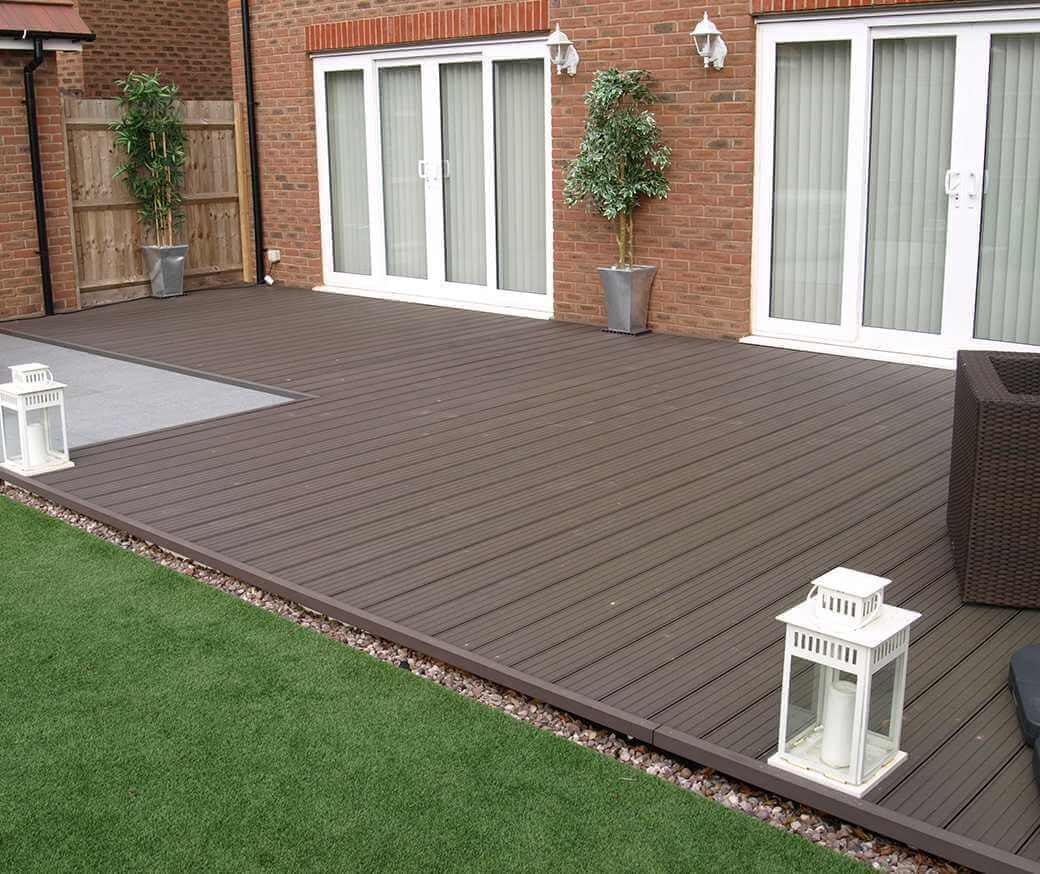
In wrapping up our exploration of composite decking, it’s clear that understanding the lifespan of composite decking is essential for any homeowner considering this investment. Factors such as climate, maintenance practices, and the quality of materials used all play significant roles in determining how long your composite lumber decking will last. By choosing high-quality synthetic lumber for decks and keeping an eye on environmental factors, you can ensure a long-lasting outdoor space.
Recap of Composite Decking Lifespan Factors
The composite decking lifespan is influenced by various factors including weather conditions and maintenance routines. For instance, extreme temperatures or heavy rainfall can impact the durability of your deck composite decking over time. Additionally, regular upkeep can significantly extend the life of your composite deck boards, helping you avoid premature wear and tear often seen with fake decking boards.
Importance of Proper Maintenance
Proper maintenance is crucial for maximizing the longevity of your composite wood decking boards. Regular cleaning not only keeps your deck looking fresh but also helps prevent mold and mildew buildup that can compromise structural integrity. Moreover, protecting your synthetic lumber for decks from sun damage ensures that colors remain vibrant while minimizing fading over time—making maintenance a worthwhile investment.
Investing in Quality for Long-Term Use
Quality composite lumber decking may come with a higher initial price tag but offers significant savings through reduced replacement costs and lower maintenance needs over its lifespan. Ultimately, choosing trusted brands like Composite Decking Inc will give you peace of mind knowing you've made a sound investment in your home’s future.
